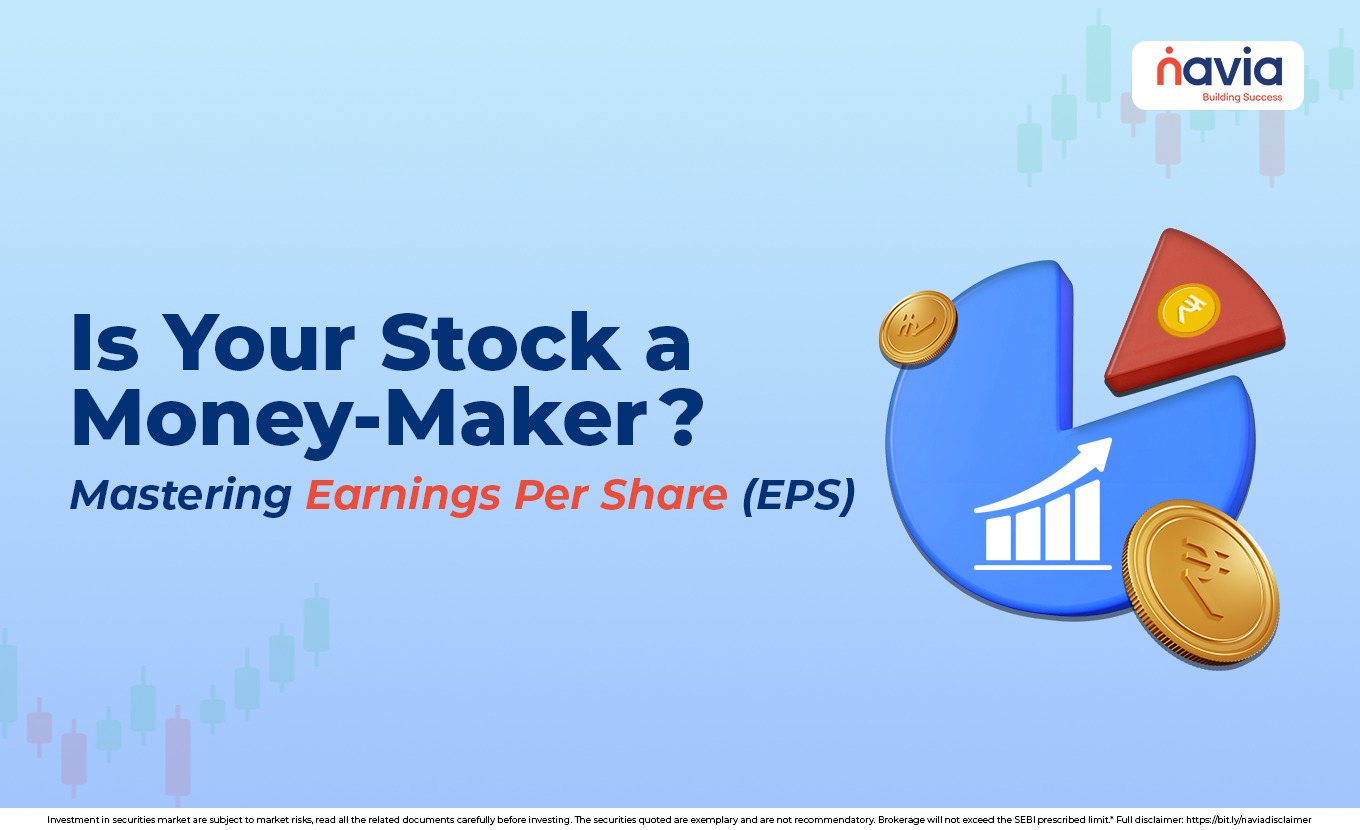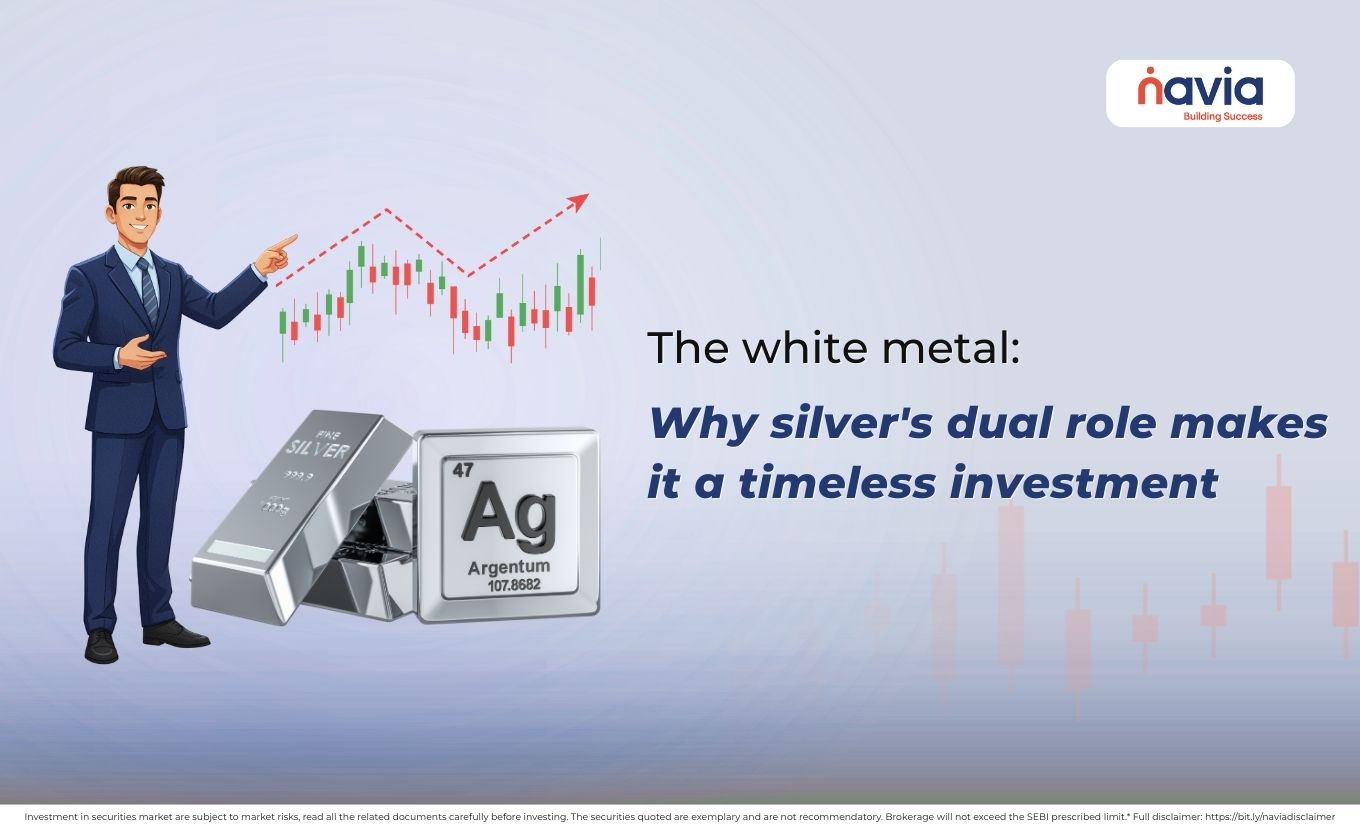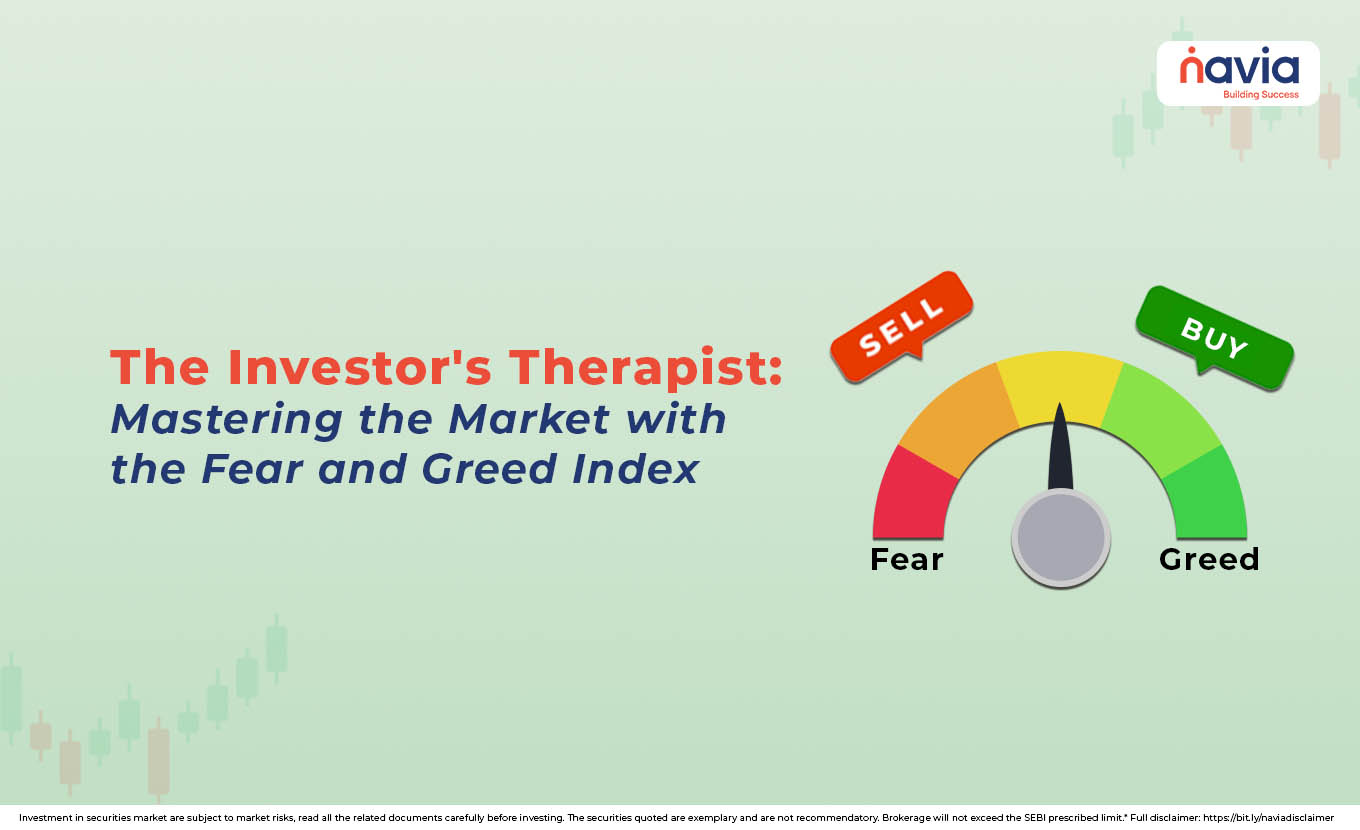EPS Explained: How to Calculate & Use Earnings Per Share

- What is Earnings Per Share (EPS)?
- What is Formula and How to Calculate EPS?
- Difference Between Basic EPS vs. Diluted EPS
- Connecting Earnings Per Share (EPS) to Valuation (P/E Ratio)
- Why Earnings Per Share (EPS) Matters for Investors?
- Conclusion
- Frequently Asked Questions
The evaluation of a company for investment, analysts have dozens of metrics, but one of the indicators that stand out from the best measure of profitability, is Earnings Per Share (EPS).
If you want to know how much profit a company truly generates, the best way to understand EPS’ meaning is the answer.
It is considered the cornerstone of fundamental analysis and the essential ingredient in the market’s most famous valuation ratio, the P/E ratio.
Through this blog you can easily understand the concept of EPS and become a master in the eps calculation to judge a company’s financial health.
What is Earnings Per Share (EPS)?
The simplest way to define earnings per share is to view a portion of a company’s profit that is allocated to each single outstanding share of its common stock.
In simple words, Earnings Per Share (EPS) tells you how much money the company earned for every share you hold.
Higher EPS is considered a positive sign, indicating greater profitability and financial strength. When a company’s EPS is consistently growing year over year, it often suggests a robust business model and efficient management – qualities that attract long-term investors.
What is Formula and How to Calculate EPS?
To calculate earnings per share, we should follow a precise earning per share equation. The major concept is taking the company’s total profit and distributing it among the common shareholders.
What is Formula for Earning Per Share (EPS)?
The most used metric is Basic EPS, that calculates the reports by using the following earnings per share (EPS) formula.
EPS = Net Income – Preferred Dividends/Average Outstanding Shares
Here’s a breakdown of the components;
➣ Net Income: It is the company’s profit after all expenses
➣ Preferred Dividends: This amount is subtracted because preferred shareholders receive their dividends before common shareholders.
➣ Average Outstanding Shares: This is the average number of shares held by common shareholders throughout the reporting period.

Difference Between Basic EPS vs. Diluted EPS
We can see that basic EPS calculation is straightforward, investors must be aware of the two main types of EPS reported by companies:
| Basic EPS | Uses only the number of shares that are currently outstanding; it provides the most immediate view of their profitability. |
| Diluted EPS | In this approach, not only consider the current outstanding shares but also all potential future shares that could be created from convertible securities. |
For a serious investor, Diluted EPS is often the more reliable figure to use, as it accounts for the potential impact of employee stock options or convertible debt.
Connecting Earnings Per Share (EPS) to Valuation (P/E Ratio)
The earnings per share (EPS) formula is indispensable because it forms the basis of the most famous stock valuation metric: the Price-to-Earnings (P/E) Ratio.
The Price Per Earnings Formula
P/E Ratio = Current Market Price per Share ÷ Earnings per Share (EPS)
Meaning;
The meaning of price per earnings ratio is a measure of market confidence and expectation:
| P/E Ratio | Interpretation | What It Means |
|---|---|---|
| High P/E | High Valuation / Growth Expectation | Investors believe the company’s future earnings will grow rapidly, justifying the high price paid today. |
| Low P/E | Low Valuation / Undervalued/Mature | Investors expect slow growth, or the market believes the stock is currently undervalued relative to its earnings. |
Just see an example;
If company X (with an EPS of ₹18.00) is trading at a market price of ₹360 per share, its P/E Ratio would be:
P/E Ratio = ₹360 ÷ ₹18.00 = 20
It means the P/E ratio of 20 saw the interest of investors who are willing to pay 20 times the company’s current annual earnings to own one share.
Why Earnings Per Share (EPS) Matters for Investors?
➣ A rising EPS signals improving profitability and strong management—often attracting long-term investors.
➣ Compare EPS across industry peers for meaningful insights.
➣ Use EPS alongside P/E, debt ratios, and free cash flow for smarter stock selection.
Conclusion
There are some points you should remember that EPS has limitations, which means a high EPS doesn’t mean the stock is a “buy”.
A company could manipulate its EPS through share buybacks or one-time asset sales. So, you should always use EPS with other fundamental metrics like the P/B ratio (Price-to-Book), Debt-to-Equity ratio, and Free Cash Flow to get an accurate picture of the company’s true worth and long-term viability.
Do You Find This Interesting?
Frequently Asked Questions
What is a good EPS for stock?
There is no single number that defines a “good” EPS (Earnings Per Share), as it varies significantly by industry, company size, and growth stage.
How to calculate total EPS?
The term “total EPS” usually refers to the Basic EPS, which calculates the total earnings available to all common shareholders on a per-share basis. The formula is:
EPS = Net Income – Preferred Dividends/Average Outstanding Shares
The profit made is the total profit generated over a specific period (usually the last twelve months or the last financial year).
Is EPS better than PE ratio?
Neither metric is inherently “better”; they serve different, complementary functions:
● EPS is a profitability metric. It tells you how much a company is earning.
● P/E Ratio is a valuation metric. It tells you how much the market is willing to pay for those earnings.
A high EPS is meaningless if the stock price is so high that it results in an extreme P/E ratio, suggesting the stock might be overvalued.
Why is high EPS good?
A high EPS is good because it directly reflects a company’s high profitability. It signifies that the company is effectively generating a large amount of profit for every outstanding share. Consistently high and growing EPS is a sign of operational efficiency and a healthy business, which typically attracts investors and supports a higher stock price.
Is lower EPS good?
A consistently low or falling EPS is generally bad, as it signals declining profitability, operational issues, or difficulty in controlling costs. However, a temporarily lower EPS can be acceptable or even good in specific strategic situations.
What does Warren Buffett say about PE ratio?
Warren Buffett is a known proponent of the P/E ratio, but he emphasizes context:
“Price is what you pay. Value is what you get.” Buffett uses the P/E ratio to determine the value he receives for the price he pays. He prefers companies with a low P/E ratio relative to their high-quality business model and predictable, long-term growth.
How do you convert EPS to PE?
You do not convert EPS to P/E. Instead, you use the EPS and the current Market Price of the share to calculate the P/E ratio. The formula is:
P/E Ratio = Market Price per Share \ Earnings Per Share
DISCLAIMER: Investment in securities market are subject to market risks, read all the related documents carefully before investing. The securities quoted are exemplary and are not recommendatory. Full disclaimer: https://bit.ly/naviadisclaimer.






